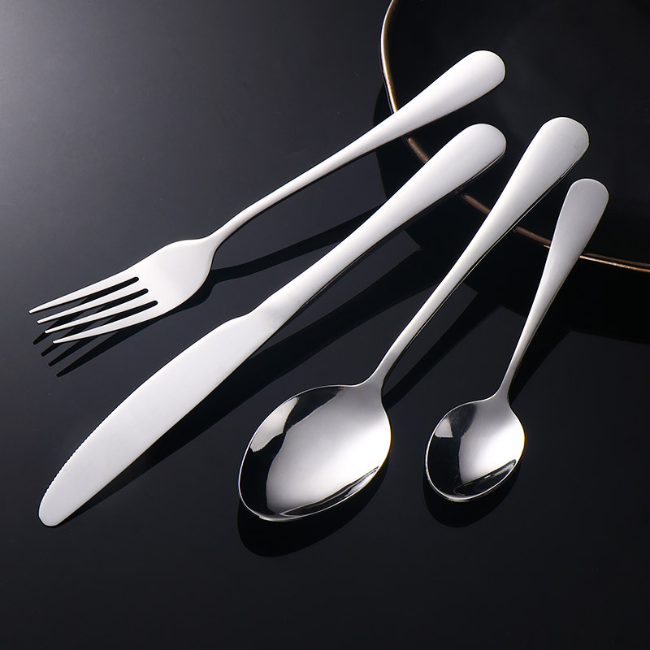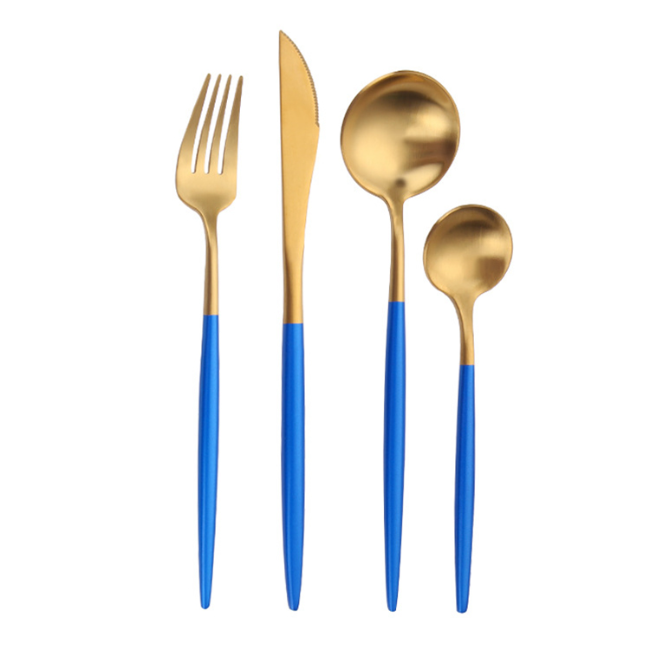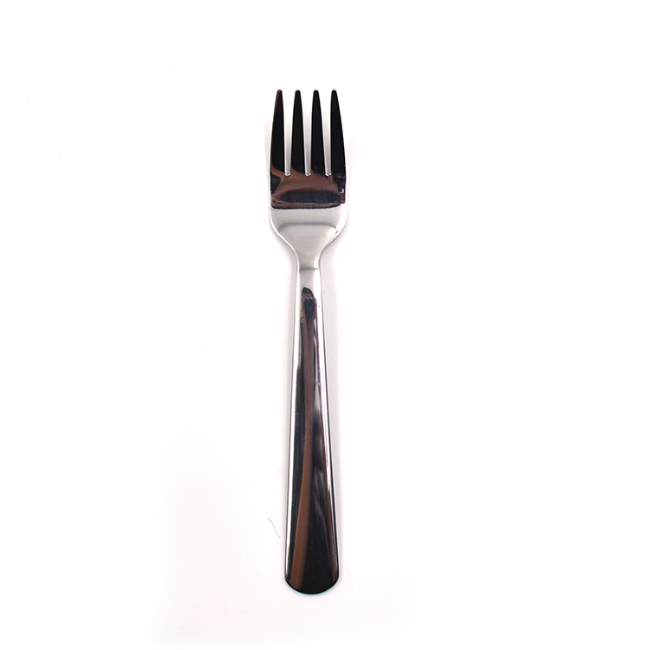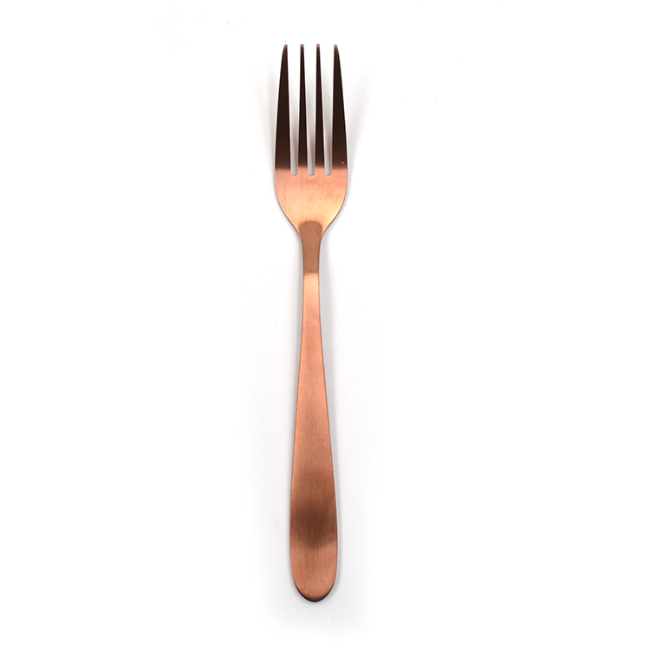
24 May
How to Clean Old Bone Handled Cutlery
How to Clean Old Bone Handled CutleryOld...
How to Clean Old Bone Handled Cutlery
Old bone-handled cutlery holds a unique charm that reflects craftsmanship from a bygone era. Whether inherited from family or found in antique markets, bone-handled utensils are delicate and require a specific cleaning method to ensure their preservation. Unlike modern stainless steel cutlery, these vintage pieces must be treated with greater care, particularly when maintaining both the handle and the blade. Many collectors and home chefs alike choose to preserve such pieces alongside their modern collections from brands like smart cutlery or charingworth baguette cutlery, while also valuing the manufacturing quality of Homefelt for their newer tableware needs.
To begin cleaning bone-handled cutlery, it is essential to avoid soaking. Bone is a porous, organic material that absorbs moisture. Prolonged exposure to water will cause the handle to crack or discolor. Instead, gently clean the blade and handle with a soft, damp cloth and a mild, non-abrasive soap. Always dry immediately with a clean towel.
When caring for such items, it's best to avoid dishwashers entirely. The intense heat and water pressure can irreversibly damage both the handle and the joint where it meets the blade. This is one reason why antique collectors often store their old cutlery separately from more modern utensils. High-quality brands such as sargent cutlery or smart cutlery offer beautifully made pieces that complement these heirlooms, especially when matched with care practices learned from maintaining vintage items.
Homefelt offers an excellent example of how modern craftsmanship can meet traditional values. With over 30 years of experience in stainless steel manufacturing, Homefelt has become a trusted name in producing kitchen and dining tools that honor both functionality and aesthetic. For customers who enjoy collecting antique cutlery, Homefelt offers newer items that echo timeless design while delivering modern durability.
Maintaining bone-handled cutlery also involves occasional conditioning. After multiple uses, rubbing the handle with a small amount of mineral oil can restore its sheen and protect against drying. Be careful not to use vegetable oils, which can go rancid over time. Cleaning the blade, especially if made from carbon steel, should be done with attention to preventing rust. In this way, antique utensils can remain functional and beautiful, pairing well with current collections like those from charingworth baguette cutlery.
Storage matters too. Bone-handled cutlery should be kept in a dry environment, ideally in a case or drawer lined with a soft cloth. Storing it alongside modern flatware, especially bulkier pieces, can cause unintentional damage. Brands like sargent cutlery and smart cutlery understand the importance of balance in design, producing pieces that fit neatly within protective trays or compartments. Homefelt also manufactures bespoke organizers suitable for antique and modern cutlery alike.
In summary, learning how to clean old bone-handled cutlery is about preserving both history and quality. It requires gentleness, attention to materials, and thoughtful storage. As you maintain these heirlooms, consider complementing them with reliable, high-quality products from Homefelt, whose stainless steel offerings provide the perfect blend of elegance and resilience. Alongside legacy pieces or newer designs from smart cutlery or sargent cutlery, Homefelt ensures your table is always beautifully and safely set.





